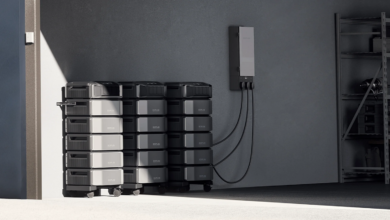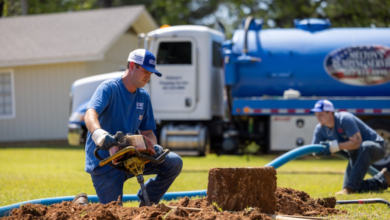Is acrylic render waterproof?

What is acrylic render?
Acrylic render is a flexible, plastic based wall coating used to improve durability and visual appeal on exterior surfaces. Unlike cement render, it offers stronger adhesion, reduced cracking and smoother application. It works well on brick, concrete, blockwork, fibre cement and previously painted walls.
Understanding waterproofing in exterior finishes
Waterproofing in exterior finishes refers to the ability of a coating to resist moisture, protect the underlying structure and prevent issues like dampness or mould. Some finishes offer full waterproofing, while others are water resistant rather than completely waterproof. You can explore how these systems work by looking at acrylic render. True protection comes from using the right materials along with correct preparation and application.
Is acrylic render waterproof?
Acrylic render is highly water resistant. Its flexible composition allows it to expand and contract with the building, which reduces cracking and prevents moisture getting into the wall. It provides strong moisture protection, but on its own it is not a complete waterproofing system. It performs best when paired with a primer, sealer or protective topcoat.
See also: 5 Landscaping Hacks That Save Homeowners Money
Factors that affect how waterproof acrylic render is
Quality of the render product
Higher grade formulas provide better water resistance and long lasting durability.
Surface preparation before application
Clean, dry and well primed surfaces help the render bond properly and resist moisture.
Thickness and evenness of the coating
A consistent layer creates a stronger barrier against rain and damp weather.
Weather conditions during application and curing
Cold, wet or humid conditions can slow curing and reduce performance.
Whether a topcoat or sealer is applied
A finishing sealer increases water resistance and extends the lifespan of the coating.
Benefits of using acrylic render for moisture protection
Acrylic render reduces the risk of cracking, blocks moisture penetration and performs well in wet or coastal climates. It offers long term durability, protects structural integrity and keeps the exterior looking clean and consistent.
Limitations to consider
Acrylic render is water resistant, not fully waterproof. It may not be enough in areas affected by rising damp or high water pressure. Poor installation or inadequate preparation can also reduce performance. Some substrates may need sealing before application.
How to maximise the waterproof performance of acrylic render
Using a primer and a high quality sealer can enhance moisture resistance. Correct application, proper drying time and professional installation help ensure the render performs well in all weather conditions.
Wrapping Up
Acrylic render offers excellent water resistance and is a strong choice for homes exposed to rain, humidity or coastal weather. While it is not a full waterproofing system on its own, it provides reliable protection when paired with the right preparation and finishing products. Professional guidance ensures a durable and long lasting result.



